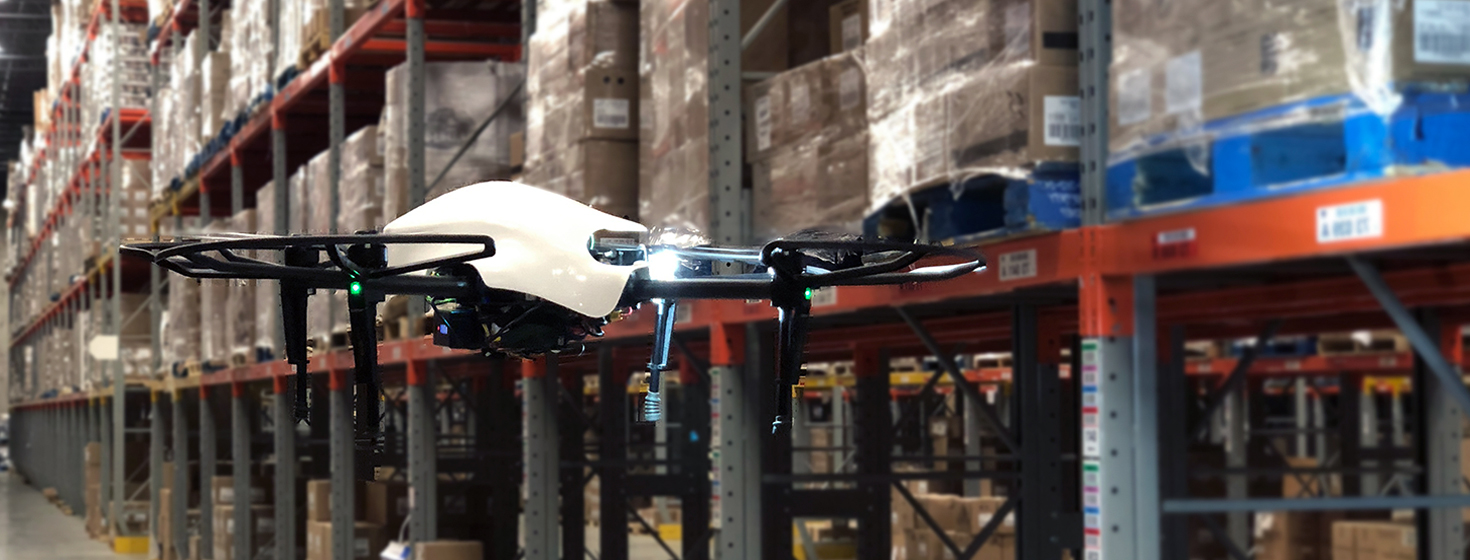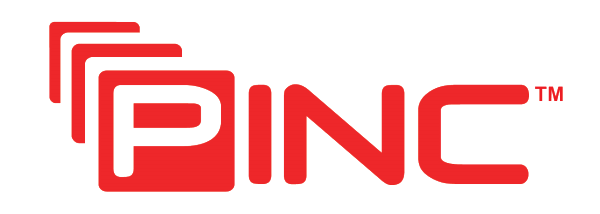Using the Right Technology For Your Inventory Management

In this article, we share five insights to answer the question of why are inventory levels in the supply chain higher post-recession than before 2007 and offer guidance to better manage inventories in a complex supply chain world.
Complexities of Managing inventory
Managing inventory in 2019 has become an even more complex challenge according to our industry peers and PINC customers.
In my past article titled “The High Cost of The One Percent Inventory Accuracy in Your Supply Chain”, I explored important challenges, costs associated to inventory management, and what one percent of inventory accuracy represents to your operation.
In her recent podcast, Lora Cecere of Supply Chain Insights provides expert advice on how to effectively manage inventory in today’s dynamic business environment.
In the next paragraphs, I summarize her key points and offer some insights.
Your customers want their shipments delivered in a day or less. Your suppliers expect you to stock up to meet those demands without their help. And your CFO is wondering why in the world inventory levels - and their associated costs - have been going through the roof lately.
If this describes your current operational environment, you’re not alone. According to Supply Chain Insights’ Lora Cecere, total business inventory levels climbed to pre-recession levels between 2010 and 2018.
When presented with this data, one supply chain leader questioned how her company could be investing 1.7% of its total revenue on technology, but still not be able to improve its inventory management processes.
Describing this scenario in a recent Straight Talk Supply Chain Insights podcast - and acknowledging that many companies are in the same boat right now - Cecere says there are some key reasons why inventory levels are higher than ever right now.
5 Reasons Why Your Inventory Levels are too High
Holding excess inventory may seem a logical solution to today’s fast-paced fulfillment environment. Customers are placing smaller orders and wanting them within a day (or less). Meeting these demands without having to over-stock requires a constant balancing act: lower inventory costs, guarantee delivery capability and maintain high levels of customer service.
Cecere says these five things hold companies back from achieving this balance, and shares her expertise on how organizations can do a better job in these areas:
1. Inventory in Transit: “In the global supply chain, we need to decide where are we going to place inventory to minimize risk, maximize opportunity, and manage in-transit inventory,” says Cecere. Unfortunately, companies have implemented technologies to maximize the opportunity for safety stock (i.e., “buffer” inventory) and they repeatedly invest in the solutions needed to minimize safety stock. “The biggest opportunity for most companies lies in the management of inventory,” says Cecere, “and the important opportunity that’s still out there is cycle stock (or the portion of inventory available to meet normal demand during any given period).”
2. The Growing Complexities of Forecasting and Scheduling: When you use cycle stock strategies to group products together and align production schedules, you can start to benefit from more tactical supply chain planning. Cecere says that over the last two decades, more companies have been focusing on forecasting and the related tie-ins to S&OP (sales and operations planning). However, those companies haven’t connected distribution requirement planning, finite scheduling, and the implementation of transportation against their tactical plans. “When companies are better at the connection of tactical planning to operational planning,” says Cecere, “they can do a better job of managing cycle stock.”
3. Too Much Emphasis on Safety Stock: “Most companies have invested in safety stock tools and haven’t managed forecast value-add,” says Cecere, “and because they’re not looking at improving forecast value-add, minimizing error, and minimizing bias, safety stock calculations increase. The higher the forecast error, the more inventory you need. It’s disproportionate.” Looking specifically at forecast errors, Cecere says companies must take the form and function of their inventories (i.e., raw materials, semi-finished goods, finished goods) into consideration. Figure out exactly where that inventory should be held in the global supply chain, Cecere advises, and then make conscious choices about it.
4. Leaders Who Don’t Understand Inventory Management and Processes: Cecere says that the biggest issue is that management doesn’t understand inventory. “As we’ve become more financially-driven, more CFOs are managing the financial engineering of supply chains,” she explains. Some of them view inventory as a big “slop bucket” that they can put their hands into and they can pull out cost savings for the quarter. The problem is that it doesn’t work that way. “The more financial re-engineering we do on the inventory [front],” Cecere cautions, “the less we understand that inventory is the most important buffer for the supply chain.”
5. Poor Inventory Choices: Calling inventory the “most important buffer” in the supply chain, Cecere says a lot of managers and executives ask her whether holding inventory is a good or a bad thing in today’s dynamic business environment. In most cases the answer is “a good thing,” but it has to be the right inventory. “It’s about aligning inventory strategies with supply chain strategies,” says Cecere. “We can’t just say inventory is a bad thing without really examining its role, designing buffers, and aligning tactics to drive optimal performance.” One best practice Cecere suggests is inventory postponement, or producing a generic product that can be modified at the later stages before the final transport to the customer. “Postponement is a very valuable strategy,” she concludes.
When you couple these critical factors with the labor shortage, warehouse vacancy rates and the impact of tariff policy, managing inventory effectively will become an even more challenging activity in 2019 and beyond for everyone in the supply chain industry.
The Right Inventory Technology
Technology is a broad concept. It can mean a software system that requires manual entry, and it takes years to deploy or a handheld scanner that needs to be operated by a human that the attention span is less than a goldfish these days according to science. It can also mean a sophisticated robotics system that does a repetitive and manual activity way faster and more accurately than a human can do or systems that process information and share actionable data with other software without the need of any human interaction.
Having access to accurate inventory information and location in almost real-time is, in my opinion, a challenge that can only be solved by technology. As I mentioned in my last article, that’s precisely why digital inventory solutions are becoming so popular.
These robotics solutions might not solve all the problems associated with inventory management, however, they allow companies, large and small, to apply autonomous drone technology and robotics, coupled with computer vision technology, artificial intelligence, RFID sensors, and cloud computing to improve accuracy significantly.
Besides gaining an edge in understanding inventory levels and being able to move inventory faster throughout the supply chain, these companies are also creating safer working environments, redirecting their staff to handle high value activities and empowering their teams with rich information, which can then be revisited at any point and time and can be used to make better decisions.
I can guarantee you that the day when “robots take over the universe” isn’t coming anytime soon, but the idea of humans and robots working side by side is already coming to fruition in factories and on warehouse floors worldwide creating a true Bionic Supply Chain.
About the Author
Matt Yearling joined PINC Solutions as the chief executive officer in March 2013 and is responsible for the overall strategic and operational management of the company. Matt’s past roles include vice president and general manager of Encryption Products at Symantec Corporation, senior vice president of Global CRM Product Development at Sage Inc., Chief Technology Officer for Embarcadero Systems Corp (a Ports America company). As vice president of Oracle On Demand Matt played a pivotal role in making it Oracle’s fastest-growing line-of-business.
Related Article: Warehouse Drones Ready for Digital Inventory Management
Related Resources
Using Autonomous Robots to Drive Supply Chain Innovation
This paper details how new technologies are presenting promising opportunities for improvement across the supply chain and how autonomous robots and drones are poised to change the game. Download Now!
Global Autonomous Inventory Robotics New Product Innovation Award
This best practices research paper details the PINC Air inventory robotics solution with its quick deployment model, faster inventory velocity, product ingenuity, and rapid ROI underscoring the decision for PINC to win Frost & Sullivan’s 2017 New Product Innovation Award. Download Now!
The Four Forces Driving Supply Chain Innovation
When supply chain professionals discuss supply chain execution, their focus is typically put on transportation management systems and warehouse management systems, the yard management systems capability and importance is mistakenly undervalued. Download Now!
The Rise of the Digital Yard
In this white paper we explore the rise of the digital yard and show how technology is enabling significant efficiencies, productivity gains, and cost containment in a world where every penny added to the bottom line positively impacts organizational success. Download Now!
Solution Brief: Yard Management System
Yards are the intersection between warehouses and transportation, they are a critical linkage in logistics management practices and have a significant impact on the overall efficiency of the supply chain. Download Now!
More PINC Resources
Article Topics
PINC News & Resources
Transport Analytics for Enterprise Rail Visibility Mobile Device Procurement, Service, and Support for Industrial & Finished Goods Shippers Merger of Best-in-Class Supply Chain Companies PINC, ShipXpress, and RailCarRX Providing Enhanced Yard Management Services and Solutions to Enterprise Customers 2020 State of Yard Management Report: Identifying a Truckload of Savings Across Your Network The Impact of Digital Yard Management on Enterprise Transportation Costs and Capacity The Increasing Demand for Digital Yard Management Systems More PINCLatest in Supply Chain
Spotlight Startup: Cart.com Walmart and Swisslog Expand Partnership with New Texas Facility Nissan Channels Tesla With Its Latest Manufacturing Process Taking Stock of Today’s Robotics Market and What the Future Holds U.S. Manufacturing Gains Momentum After Another Strong Month Biden Gives Samsung $6.4 Billion For Texas Semiconductor Plants Apple Overtaken as World’s Largest Phone Seller More Supply Chain













